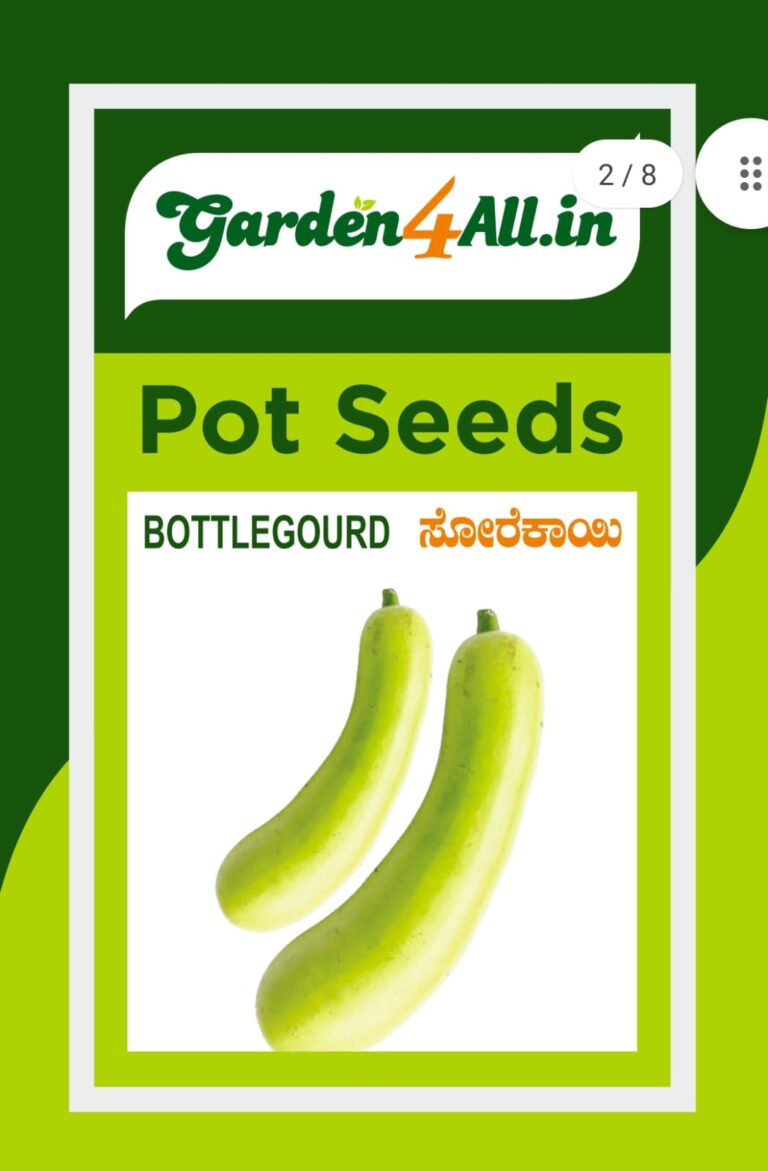Sale!
Bottle Gourd Seeds (Lagenaria siceraria)
This product is available for shipping only in Bangalore
Bottle Gourd Seeds, Growing bottle gourd can be a fulfilling addition to your garden, providing nutritious fruits for culinary use. By selecting quality seeds, providing ample water, and managing pests, you’ll enjoy a generous harvest throughout the growing season.
2 in stock
- Estimated Delivery : Up to 3 business days
- Free Shipping & Returns : On all orders over ₹550 in Bangalore









Reviews
There are no reviews yet.